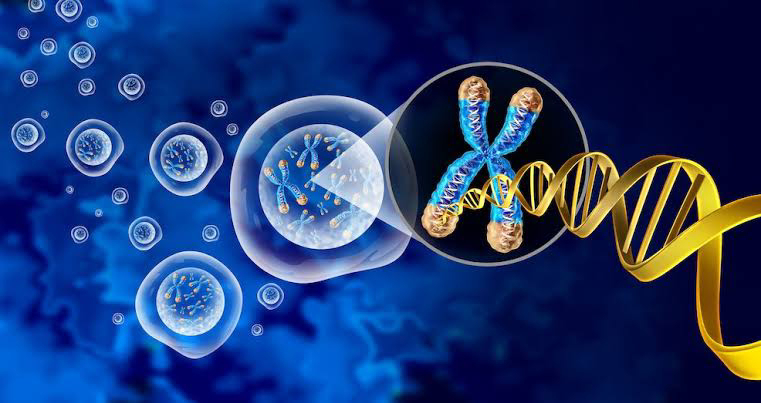A Genetic Journey: Understanding Our Blueprint

Introduction We've all heard the term "genes," but what do they really mean? How do they shape who we are, our appearance, our health, and even our personality? Let's embark on a journey to unravel the mysteries of our genetic code. What are Genes ? Imagine our body as a blueprint, a detailed plan outlining every aspect of our structure and function. Genes are the building blocks of this blueprint, tiny segments of DNA (deoxyribonucleic acid) that carry the instructions for creating proteins. These proteins, in turn, perform a wide range of tasks, from building tissues and organs to regulating metabolism and immune responses. Think of genes as recipes in a cookbook. Each recipe contains specific instructions for combining ingredients to create a particular dish. Similarly, each gene contains the instructions for creating a specific protein. The combination of these proteins determines our unique traits and characteristics. The Human Genome Th...



